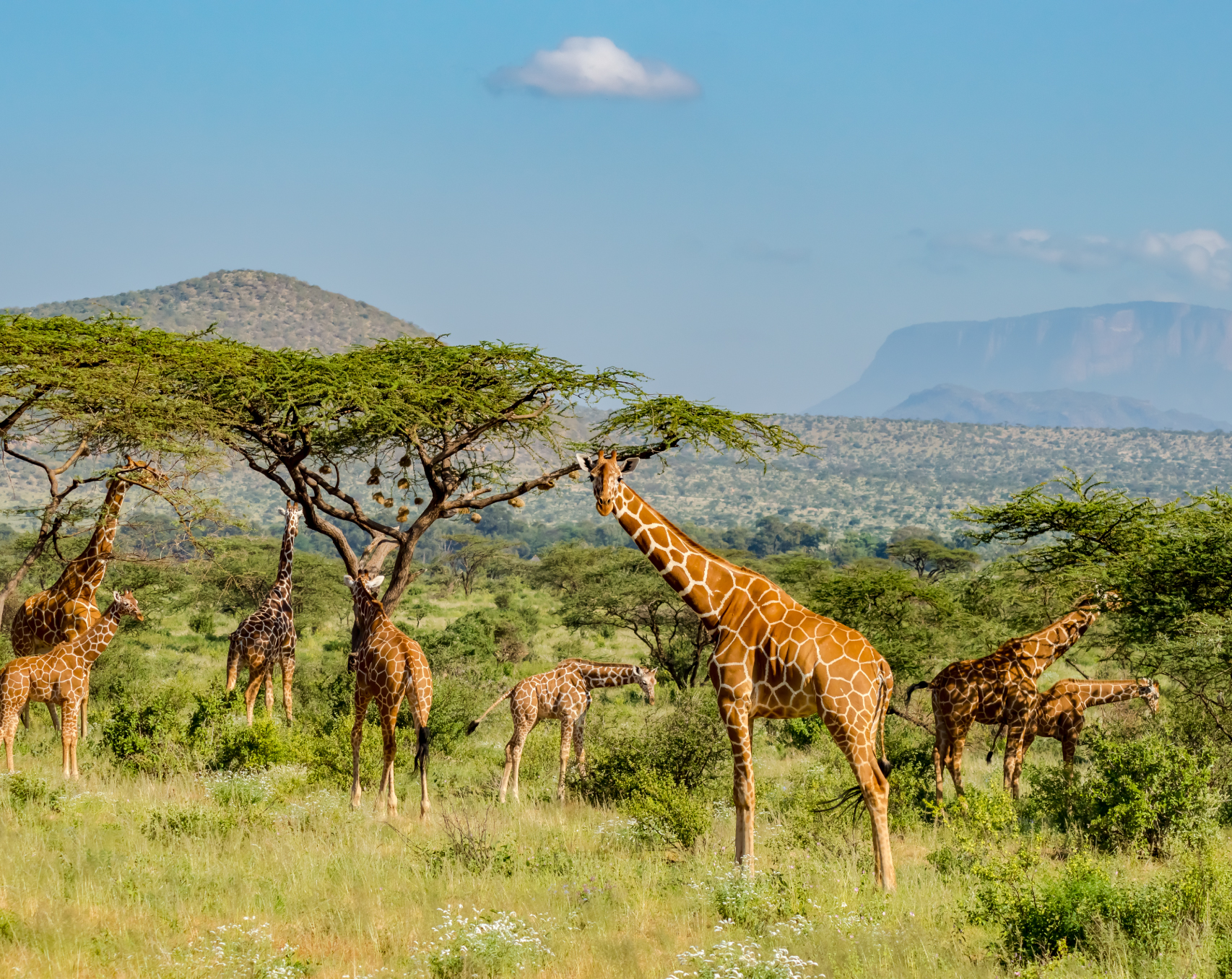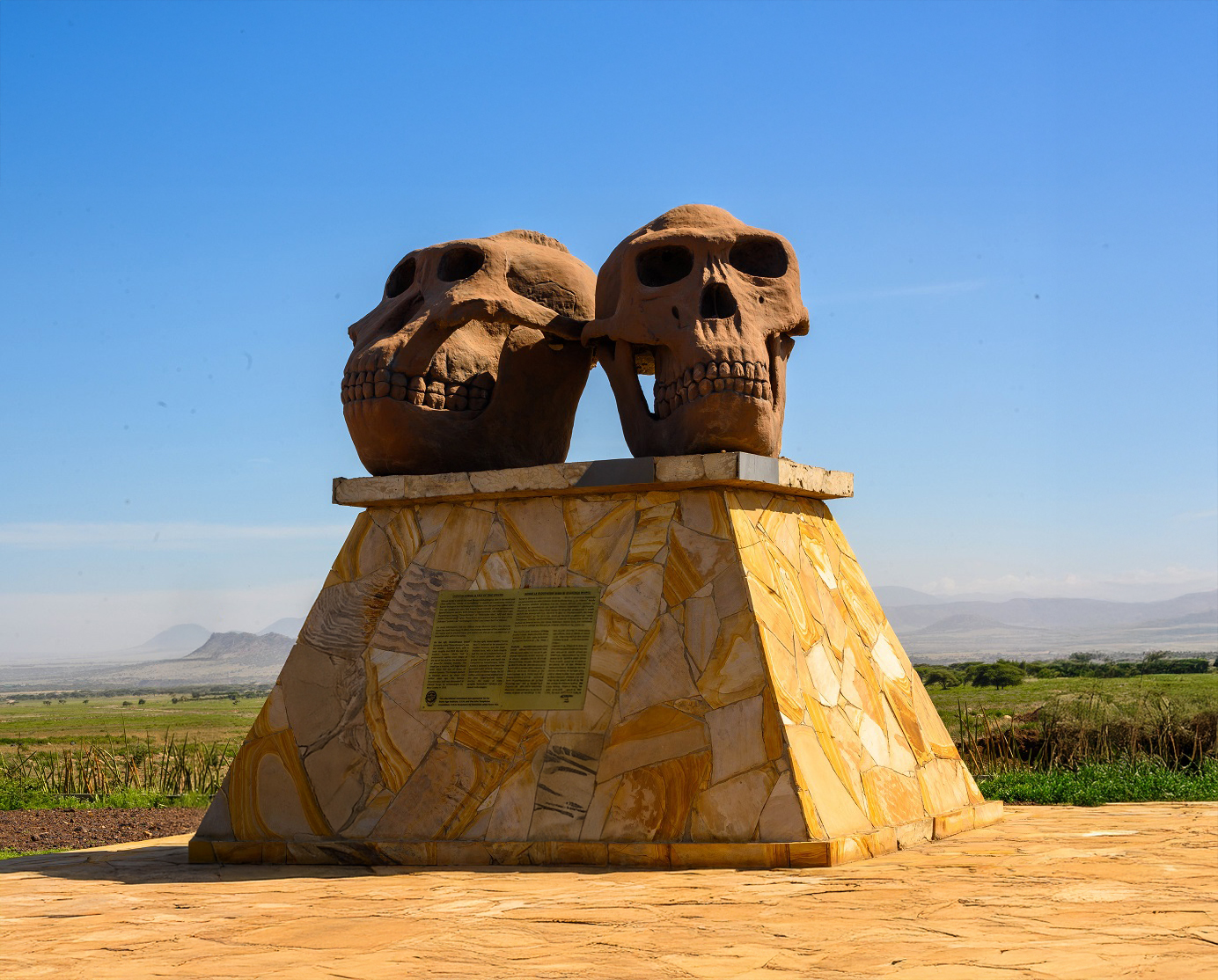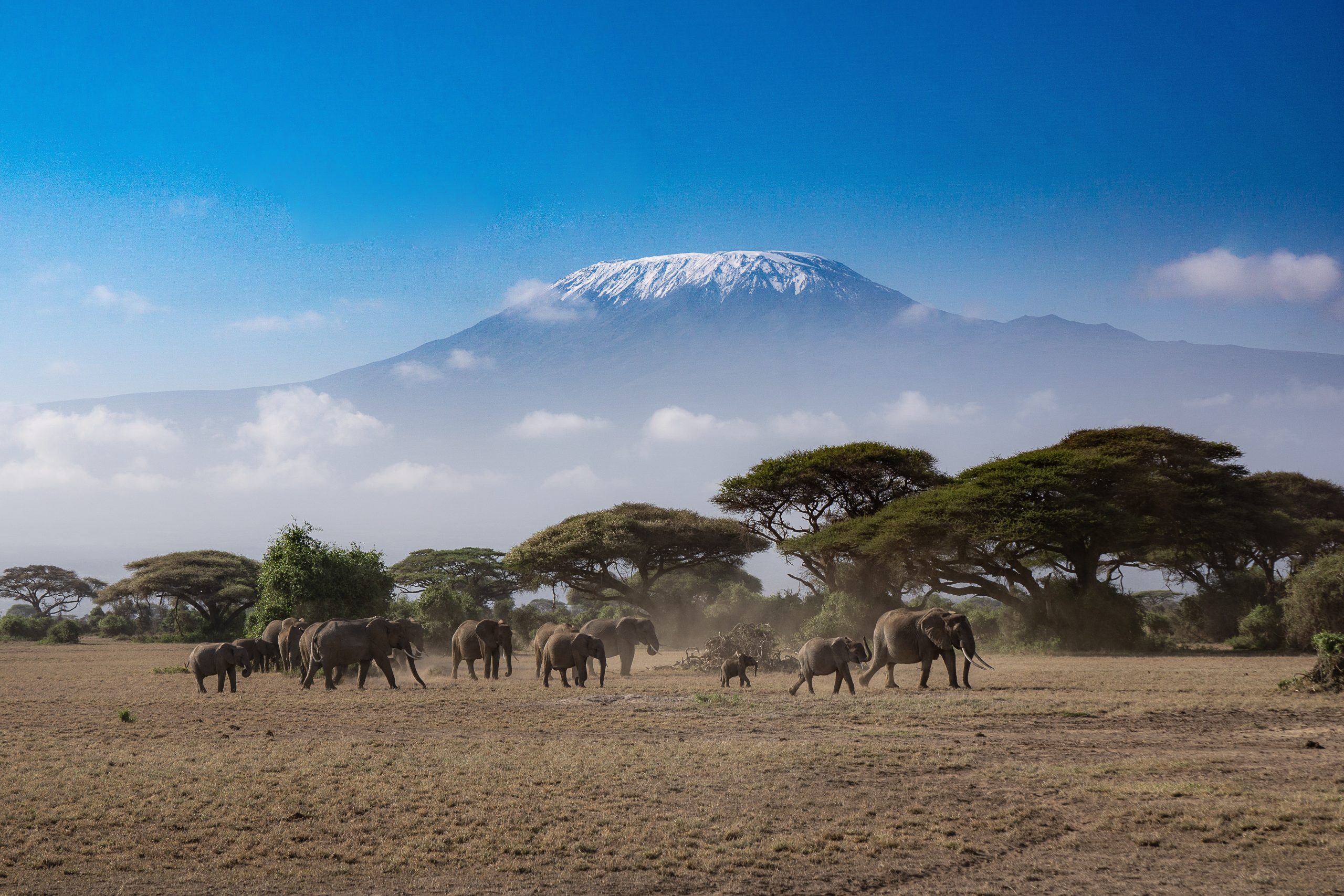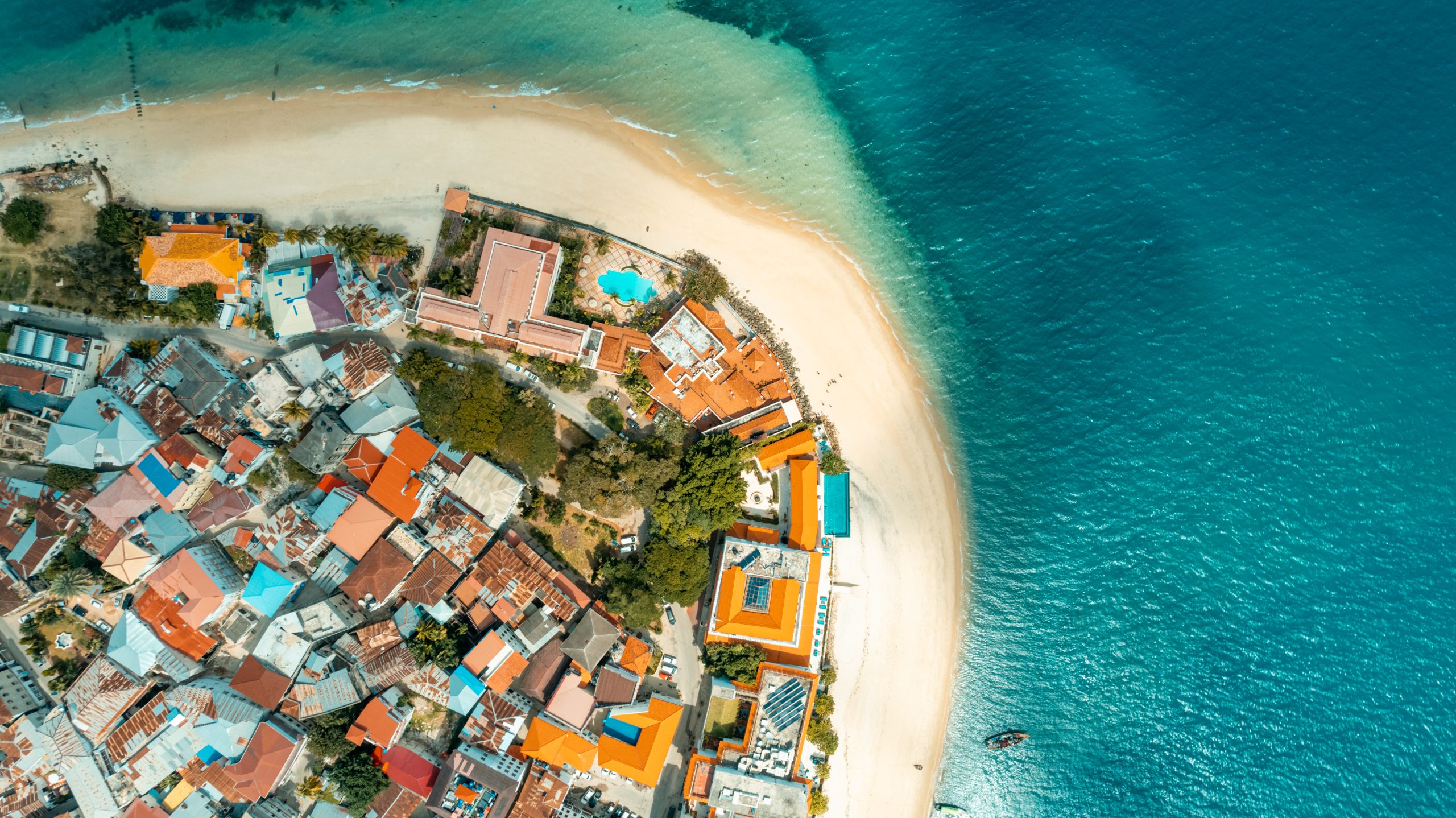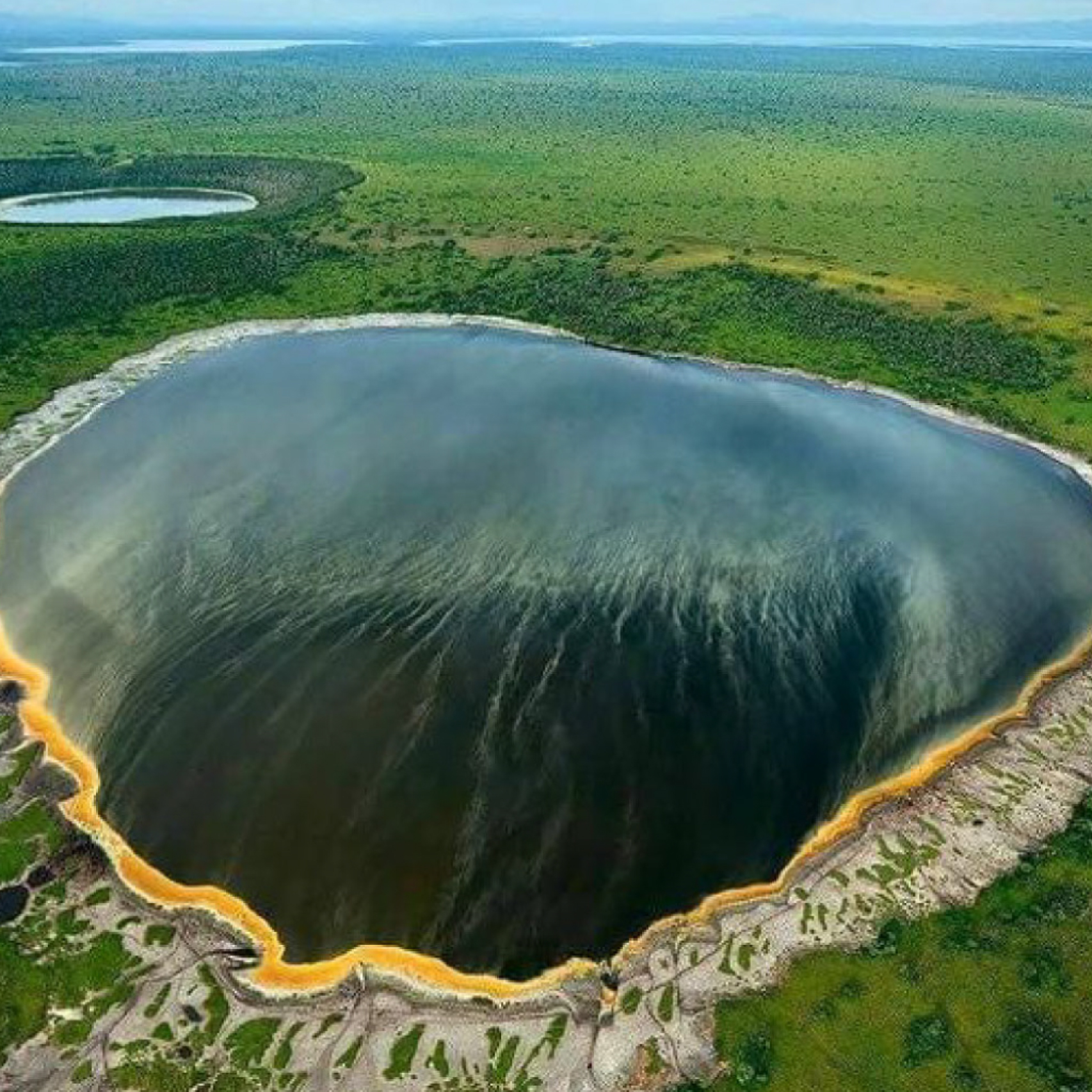Conquer the Roof of Africa
Mount Kilimanjaro rises majestically above the plains of northern Tanzania, standing as Africa’s highest peak at 5,895 meters (19,341 feet). This snow-capped giant is not just a mountain, it’s a symbol of adventure, resilience, and natural beauty. Whether you're aiming to summit or simply admire it from afar, Kilimanjaro offers an unforgettable experience.
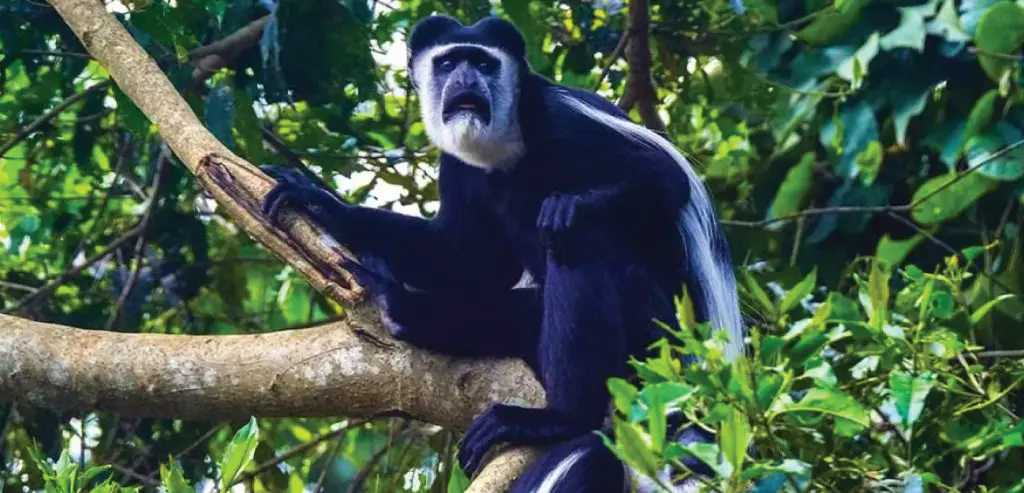
Wildlife & Cultural Significance
While Kilimanjaro is famous for its towering presence, it also supports unique ecosystems ranging from lush rainforests to alpine deserts. Along its lower slopes, you may spot blue monkeys, colobus monkeys, and even elephants. The mountain holds cultural significance for the local Chagga people, who have lived around its base for centuries and consider it sacred.
Safaris Activities
Mountain Climbing
Choose from popular routes like Marangu, Machame, or Lemosho to attempt the summit on a guided trek.
Day Hikes
Enjoy shorter treks in Kilimanjaro National Park that showcase the diverse scenery without requiring a summit attempt.
Nature Walks
Enjoy guided nature walks at the mountain’s lower slopes, where you’ll explore lush forests, encounter unique flora and fauna.
Cultural Tours
Visit nearby Chagga villages and coffee farms to learn about local traditions and lifestyle.
Bird Watching
Spot species like Hartlaub’s turaco and malachite sunbirds in the forested lower zones.
Photography
Capture dramatic landscapes, diverse ecosystems, and unforgettable moments along the mountain trails.
Best Time to Visit

Dec to Mid-March (Short Dry Season)
This is a popular time for climbing as it follows the short rainy season and offers drier conditions. While this dry season is shorter and less predictable than the longer one, it can still offer excellent weather for climbing.
June to October (Long Dry Season)
This is the most popular and recommended time to climb Kilimanjaro due to consistent dry weather, minimal rainfall, and clear skies. Temperatures are generally moderate, although they can still be quite cold at higher elevations.
January, February, July, August, September, and October: These months are considered ideal for Kilimanjaro climbs due to their favorable weather conditions. Full Moon Climbs: Climbing during a full moon is popular for the stunning views of the glaciers lit by moonlight and the improved visibility.
Travel Tips
How to Get There
- Acclimatization is key: Choose a route that allows time to adjust to the altitude.
- Pack for all climatesk: Weather ranges from tropical to freezing; layered clothing is essential.
- Book with a licensed guide: Kilimanjaro climbs are regulated and require experienced local guides.
- Train before the trip: Basic physical fitness and endurance training will help you enjoy the experience fully.
- Fly into Kilimanjaro International Airport (JRO), located about 40 minutes from Moshi town, the main base for most Kilimanjaro treks. From there, transfers to various trailheads are arranged by your tour operator.
Discover Tanzania
Uncover the spirit of adventure through timeless landscapes and unforgettable moments.

